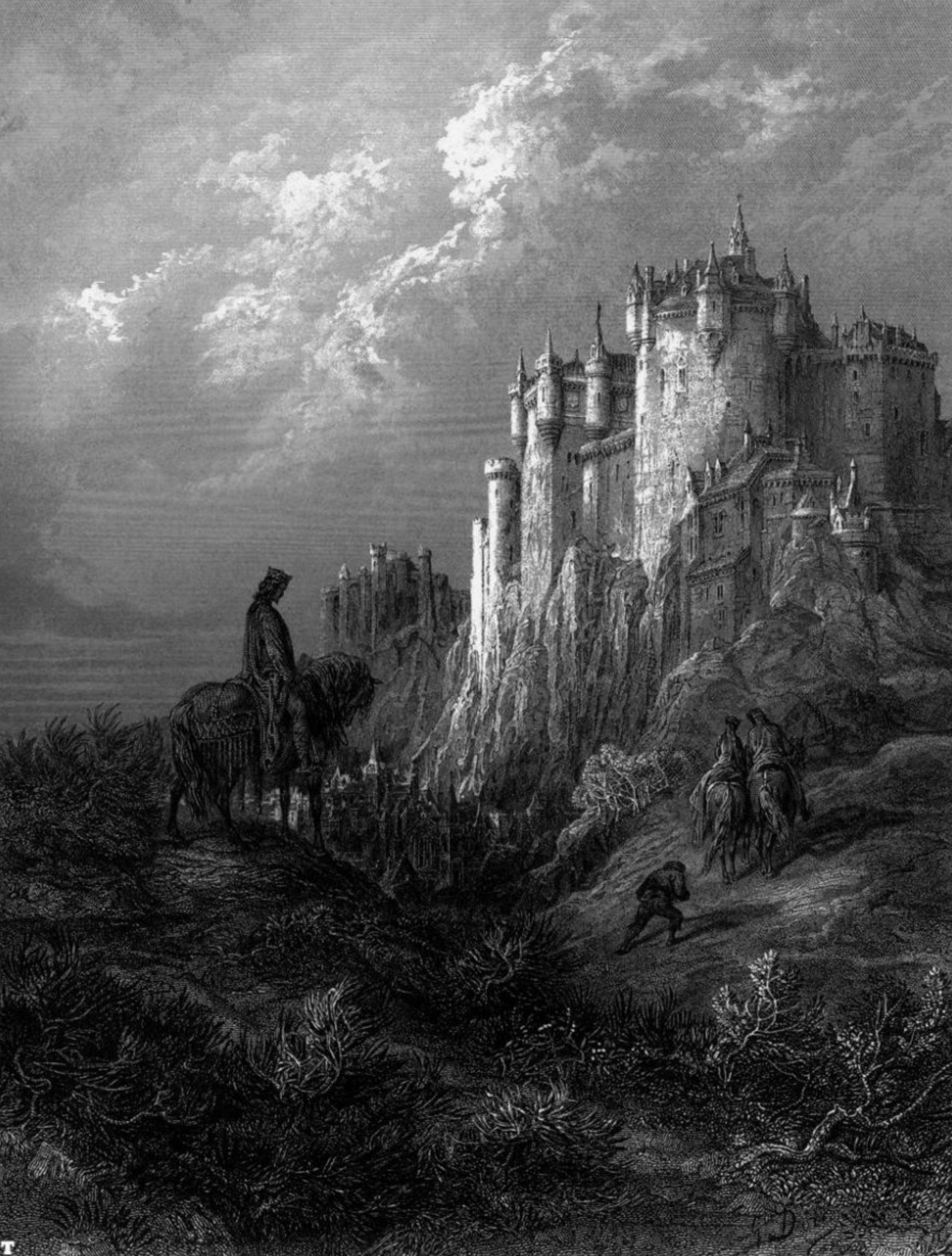

Arthurian legend the body of stories and medieval romances, known as the matter of Britain, centring on the legendary king Arthur. Medieval writers, especially the French, variously treated stories of Arthur’s birth, the adventures of his knights, and the adulterous love between his knight Sir Lancelot and his queen, Guinevere. This last situation and the quest for the Holy Grail (the vessel used by Christ at the Last Supper and given to Joseph of Arimathea) brought about the dissolution of the knightly fellowship, the death of Arthur, and the destruction of his kingdom.
Stories about Arthur and his court had been popular in Wales before the 11th century; European fame came through Geoffrey of Monmouth’s Historia regum Britanniae (1135–38), celebrating a glorious and triumphant king who defeated a Roman army in eastern France but was mortally wounded in battle during a rebellion at home led by his nephew Mordred. Some features of Geoffrey’s story were marvelous fabrications, and certain features of the Celtic stories were adapted to suit feudal times. The concept of Arthur as a world conqueror was clearly inspired by legends surrounding great leaders such as Alexander the Great and Charlemagne. Later writers, notably Wace of Jersey and Lawamon, filled out certain details, especially in connection with Arthur’s knightly fellowship (the Knights of the Round Table). Using Celtic sources, Chrétien de Troyes in the late 12th century made Arthur the ruler of a realm of marvels in five romances of adventure. He also introduced the themes of the Grail and the love of Lancelot and Guinevere into Arthurian legend. Prose romances of the 13th century explored these major themes further. An early prose romance centring on Lancelot seems to have become the kernel of a cyclic work known as the Prose Lancelot, or Vulgate cycle (c. 1225).
Read on BritannicaCoded by Elżbieta Jankowska